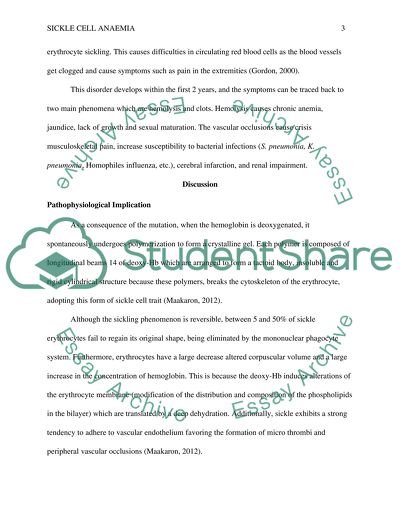Pathophysiology of Sickel Cell disease Research Paper. Retrieved from https://studentshare.org/nursing/1610362-pathophysiology-of-sickel-cell-disease
Pathophysiology of Sickel Cell Disease Research Paper. https://studentshare.org/nursing/1610362-pathophysiology-of-sickel-cell-disease.


